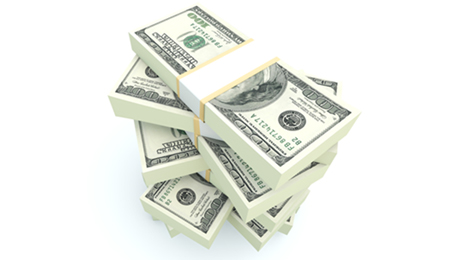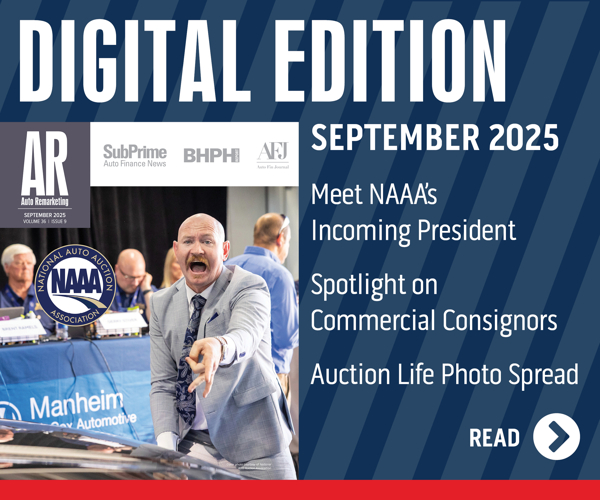Incentives Not Damaging Used Values Yet

Although spending is up slightly, automakers are still being very judicious with incentives — “pinpointed,” as AutoTrader.com senior analyst Michelle Krebs put it. So, when it comes to aftermath in the used-car market, there just really hasn’t been any ill effects. At least not yet.
That was the take of Kelley Blue Book senior analyst Alec Gutierrez, who joined Krebs in providing an update on the new- and used-car markets earlier this month with reporters.
Both Gutierrez and Krebs indicated that while overall incentive spending climbed modestly in July, it was not only disciplined, but targeted and segmented, as well.
“Incentives up edged up a bit, perhaps; it’s not across the board,” Krebs said during the Aug. 1 conference call. “But where we are seeing it is in areas where there is tremendous competitive pressure.”
She gave the examples of midsize cars and compact cars, where there is “intense competition for a pie that’s not growing, and in some cases, backing off a little bit,” as well as greater cross-shopping than other segments.
Prompted by a reporter’s question, Krebs would go on to explain that she’s not worried about this level of incentive spending because “automakers are applying incentives very strategically;” something that didn’t happen in pre-recession times when automakers were aggressive with incentives simply to keep pushing sales along.
“We’re seeing much more discipline. They’re being much more pinpointed,” Krebs said.
She added: “I think there’s still a strong discipline in the business. The overall sales picture is better. We’re selling a richer mix of cars … they can do these incentives in a way that they couldn’t do them before because they’re in much healthier positions. And the (actual transaction prices) are so strong that they can afford to give a little bit.”
And even with this targeted incentive spend, be it geographically or on a segment level, Gutierrez reiterated the discipline automakers are showing — and he explained the implications on the used-car market.
“Overall incentive spend has been at about $2,700 per unit over the past couple of months … slightly up from what we saw at this time last year. And in terms of how that’s translated to what we’re seeing at auction in terms of what dealers are willing to pay for cars, what consumers are paying for used cars, we haven’t seen any sort of negative repercussions, for the moment,” Gutierrez said.
“Provided that manufacturers are able to maintain that production and pricing discipline and not aggressively ramp up incentives to unsustainable levels, I don’t necessarily see a lot of downsides from a used-vehicle perspective, a wholesale perspective,” he added.
One area, though, where Gutierrez said he is keeping a watchful eye is that of off-lease volumes and leasing penetration rates. More of his and Krebs’ thoughts on that can be found here.
Gutierrez will also be sharing more insight at Used Car Week this fall, where is scheduled to speak at the National Remarketing Conference on Nov. 12. The three-day NRC is one of four conferences comprising Used Car Week, which is being held Nov. 10-14 at the Red Rock Casino, Resort and Spa.


